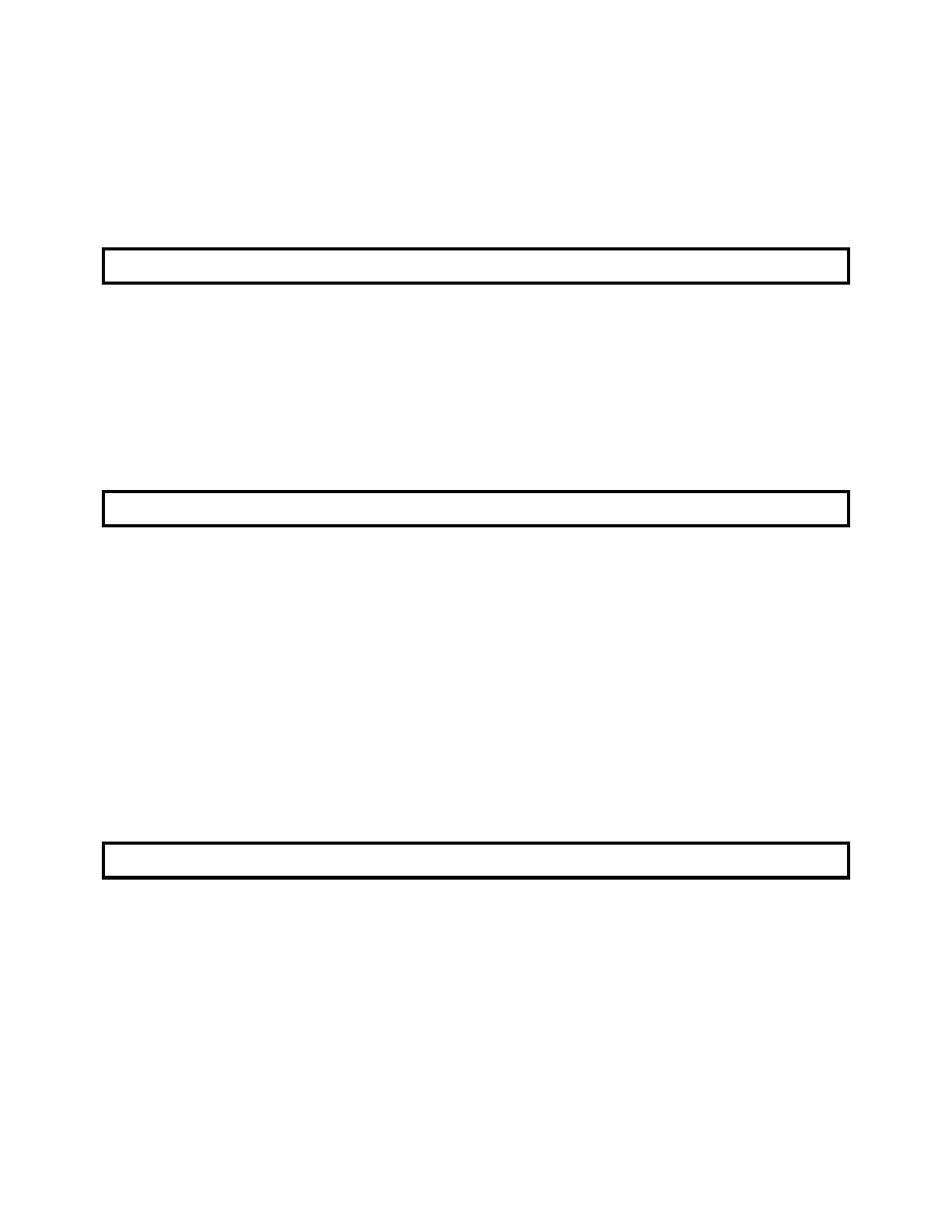Product: Nitrogen P-4631-F Date: October 2001
Page 3 of 8
UNUSUAL FIRE AND EXPLOSION HAZARDS: Heat of fire can build pressure in cylinder and
cause it to rupture. No part of cylinder should be subjected to a temperature higher than 125°F (52°C).
Nitrogen cylinders are equipped with a pressure relief device. (Exceptions may exist where authorized by
DOT.)
HAZARDOUS COMBUSTION PRODUCTS: None known.
6. Accidental Release Measures
STEPS TO BE TAKEN IF MATERIAL IS RELEASED OR SPILLED: CAUTION! High-pressure
gas. Asphyxiant. Lack of oxygen can kill. Evacuate all personnel from danger area. Use self-contained
breathing apparatus where needed. Shut off flow if you can do so without risk. Ventilate area or move
cylinder to a well-ventilated area. Test for sufficient oxygen, especially in confined spaces, before
allowing reentry.
WASTE DISPOSAL METHOD: Prevent waste from contaminating the surrounding environment.
Keep personnel away. Discard any product, residue, disposable container, or liner in an environmentally
acceptable manner, in full compliance with federal, state, and local regulations. If necessary, call your
local supplier for assistance.
7. Handling and Storage
PRECAUTIONS TO BE TAKEN IN STORAGE: Store and use with adequate ventilation. Firmly
secure cylinders upright to keep them from falling or being knocked over. Screw valve protection cap
firmly in place by hand. Store only where temperature will not exceed 125° F (52° C). Store full and empty
cylinders separately. Use a first-in, first-out inventory system to prevent storing full cylinders for long
periods.
PRECAUTIONS TO BE TAKEN IN HANDLING: Protect cylinders from damage. Use a suitable
hand truck to move cylinders; do not drag, roll, slide, or drop. Never attempt to lift a cylinder by its cap;
the cap is intended solely to protect the valve. Never insert an object (e.g., wrench, screwdriver, pry bar)
into cap openings; doing so may damage the valve and cause a leak. Use an adjustable strap wrench to
remove over-tight or rusted caps. Open valve slowly. If valve is hard to open, discontinue use and contact
your supplier. For other precautions in using nitrogen, see section 16.
For additional information on storage and handling, refer to Compressed Gas Association (CGA)
pamphlet P-1, Safe Handling of Compressed Gases in Containers, available from the CGA. Refer to
section 16 for the address and phone number along with a list of other available publications.
8. Exposure Controls/Personal Protection
VENTILATION/ENGINEERING CONTROLS:
LOCAL EXHAUST–Use a local exhaust system, if necessary, to prevent oxygen deficiency.
MECHANICAL (general)–General exhaust ventilation may be acceptable if it can maintain an
adequate supply of air.
SPECIAL–None
OTHER–None
RESPIRATORY PROTECTION: None required under normal use. Air-supplied respirators must be
used in confined spaces or in an oxygen-deficient atmosphere. Respiratory protection must conform to
OSHA rules as specified in 29 CFR 1910.134.
SKIN PROTECTION: Wear work gloves when handling cylinders.
